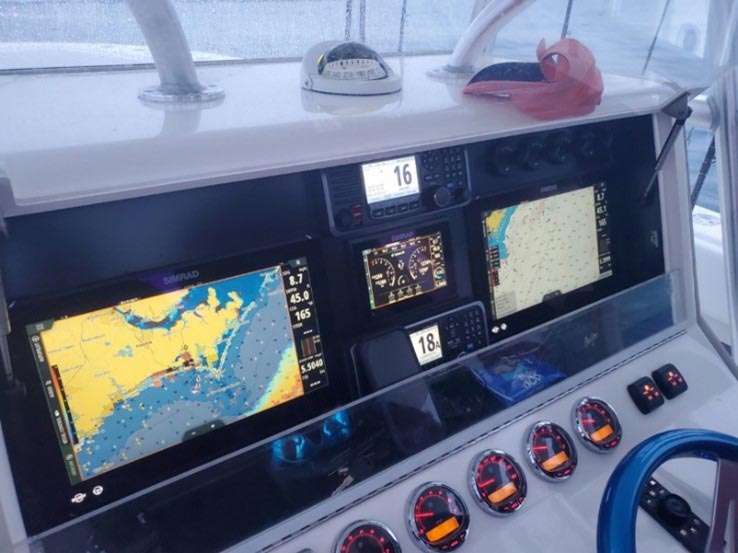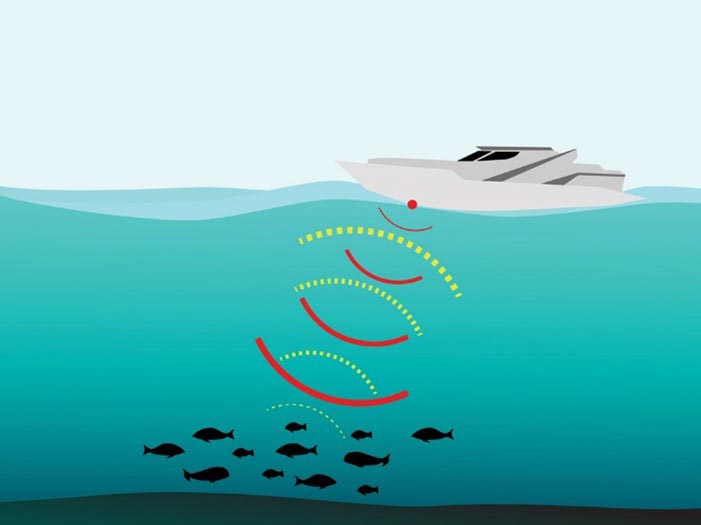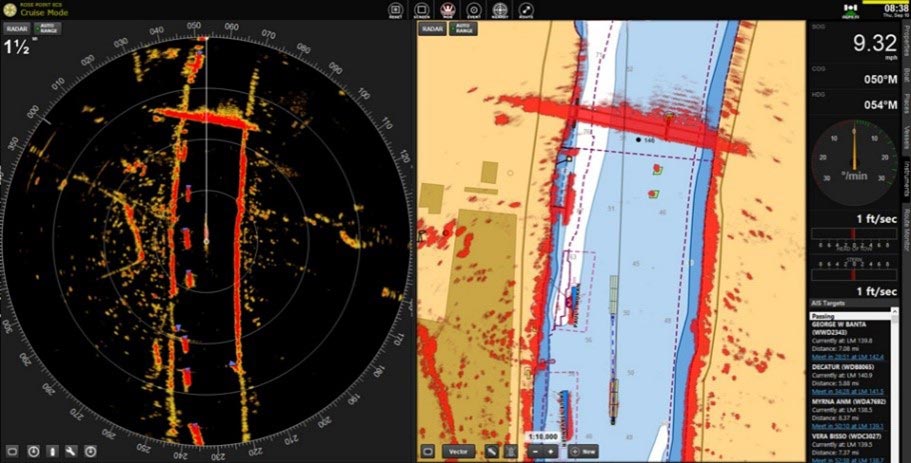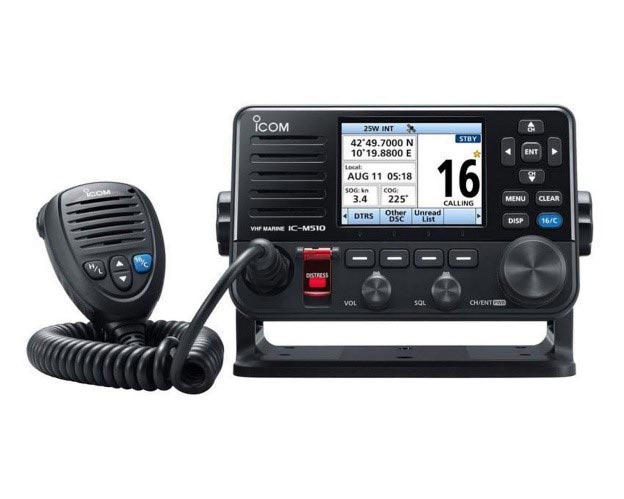By Mike DiNardo
Aftersales Development Manager
Yamaha Motor Canada
Aftersales Development Manager
Yamaha Motor Canada
Modern boats have modern requirements and, more and more often, that means marine electronics! But where do you start when building out your dream boat? It can be overwhelming trying to figure out what you want or might need. Here’s a few tips to help guide you on some of the first steps to adding technology to your boat to add to your boating experience.

Multi-Functional Display
Most people start their electronics journey with a well-rounded Multi-Functional Display (MFD). Commonly the “brain” of the boat, the MFD displays live information related to almost every component of your boat – if properly set up.
Whether you’re cruising familiar waters or exploring a new region, there’s always an application for a MFD. A modern display can do far more than simply showing you a map. Some of the most popular brands like Garmin, Lowrence and Humminbird have built-in capabilities for fish finders, radar, automatic identification system (AIS), and they can even display engine data!
That being said, the most popular feature of an MFD is mapping, and for good reason. Knowing where you are, how much water is below you and what lies beneath the surface are all vital pieces of information for a safe and enjoyable boating experience. Nautical maps found on the display cover oceans and major in-land bodies of water across the globe. Plus, let’s be honest, a digital chart is much easier to use than a paper map and can be updated in real-time.
Digital charts have additional convenience features like tracking – leaving “breadcrumbs” if you will – wherever you have been. This will allow you to simply follow your trail home or have a record of safe, passable water that you have previously navigated. They also usually have a points of interest function that will allow you to find marine services just like an automotive GPS can help you find a gas station.

Transducer
Your MFD can provide you with even more information when paired with a transducer. A transducer provides sonar for your boat, pinging objects in the water and relaying the data on how far away they are. Knowing precisely how deep the water is with changing water levels can be difficult but a transducer allows for a live visual representation of the water table below or around your vessel. This is particularly important when navigating new waters so you can see the depth and even set shallow water alarms to warn you if you’re in danger of running aground.

Radar
Another common electrical component boaters add to their setup is radar. Working along the same principles as the transducer, radar allows for horizontal information, providing you with a visual representation of hazards above the surface of the water to a range of up to 48nm (for most high-performance recreational systems). This helps you to see and avoid land masses, other boats, navigation markers, bridges and rocks. Most modern devices can overlay the radar image directly onto your map, making them very easy to interpret. If you’re caught out in foggy or stormy conditions where visibility is limited, a marine radar system could very well save your life.

Radio
Beyond having a 360-degree picture of what’s around your boat, a communication device is the next electrical component that you should look at. A VHF radio is the best way to reach another vessel, a ground station (marina) or the Coast Guard. VHF radios work across the radio spectrum allowing for multiple people to monitor frequencies. This offers boaters a universal and standardized communication protocol on the water even when outside of phone service.
Some VHF radios are also equipped with an AIS (Automatic Identification System) receiver, allowing you to view vessel transponder information for any boat with a functional AIS Transceiver – every commercial boat requires this, and many recreational boats are now coming standard with them. In low visibility conditions, radar will tell you there’s a boat nearby – the AIS can tell you it’s a tugboat currently towing a load so you might want to give it a wider berth than you would have for a lone vessel. The more information you have on the water the better.
Tech For the Win!
No matter if it’s your first boat or your tenth, getting to set it up with the technology you want is part of what makes it YOUR boat! Remember that electronics are designed to simplify your day on the water and help you return safely at the end of the day. Take some of the fear out of exploring by having your GPS guide you. Take some of the guess work out of fishing by having your sonar direct you. Call your buddies over the VHF radio when you’re outside of cell range for a meetup.
Bottom line, use electronics to make your day more enjoyable on the water!


 All Yamaha News
All Yamaha News